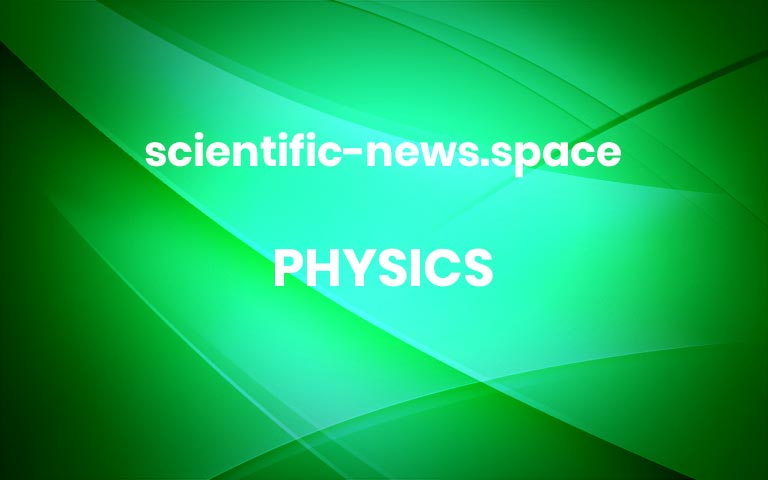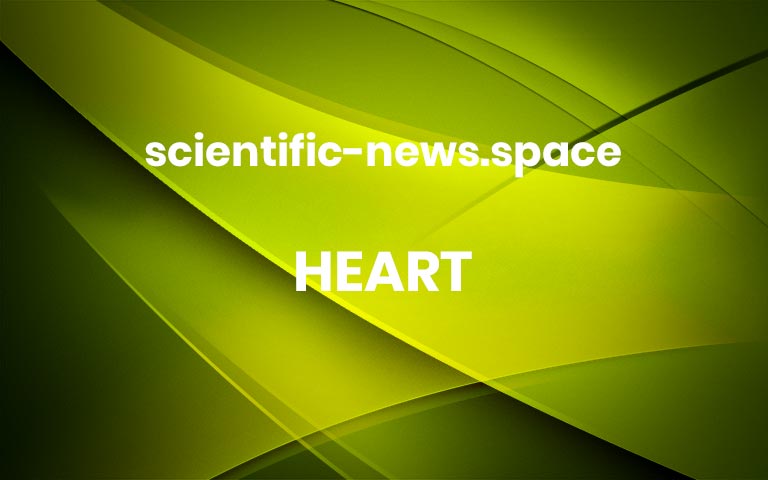A new device can produce electricity using shadows
Someday, shadows and light could team up to provide power. A new device exploits the contrast between bright spots and shade to create a current that can power small electronics. “We can harvest energy anywhere on Earth, not just open spaces,” says Swee Ching Tan, a materials scientist at the National University of Singapore. Tan […] More



